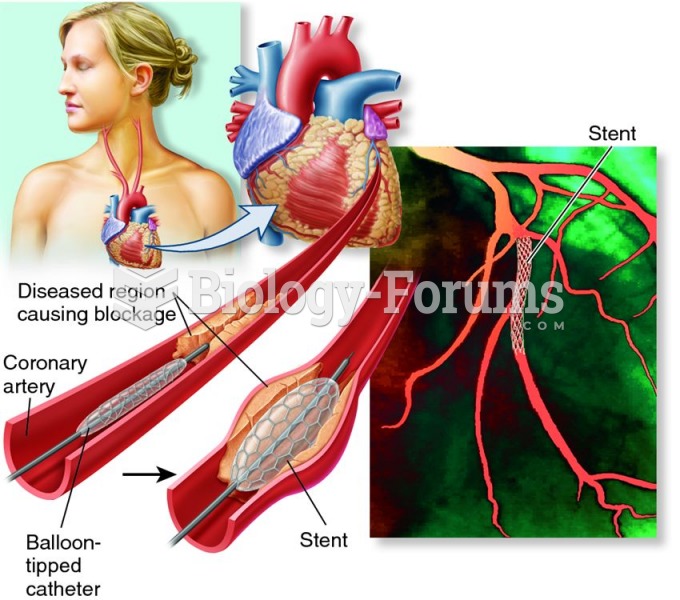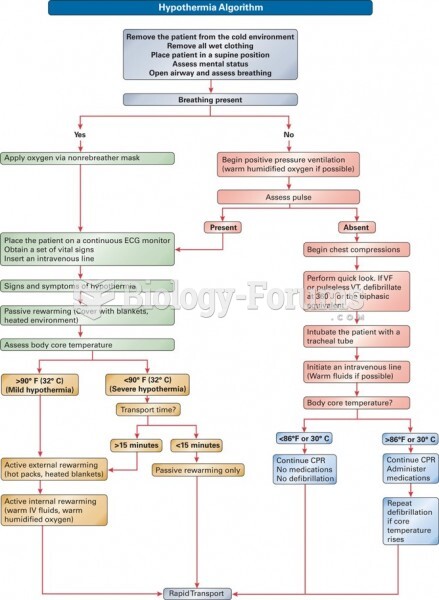Answer to Question 1
Correct Answer: 3
Rationale 1: The client does not have elevated blood pressure.
Rationale 2: Antihistamines would not reduce intraocular pressure.
Rationale 3: Mannitol is an osmotic diuretic that reduces intraocular pressure.
Rationale 4: Tricyclic antidepressants have anticholinergic effects and can lead to dilation of the pupil, further increasing the intraocular pressure.
Global Rationale: Mannitol is an osmotic diuretic that reduces intraocular pressure. The client does not have elevated blood pressure. Antihistamines would not reduce intraocular pressure. Tricyclic antidepressants have anticholinergic effects and can lead to dilation of the pupil, further increasing the intraocular pressure.
Answer to Question 2
Correct Answer: 1
Rationale 1: Applying pressure will reduce the risk of the medication's moving through the nasolacrimal duct and being absorbed through the nasal mucous membranes.
Rationale 2: The risk of cardiovascular effects is minimal with ophthalmological agents. This intervention is applicable to most antihypertensive agents given orally.
Rationale 3: It is not necessary to be in a sitting position or to remain sitting when administering beta-blocking agents by this route.
Rationale 4: Assessing blood pressure and pulse before and after each dose is not necessary for this route of medication administration.
Global Rationale: Applying pressure will reduce the risk of the medication's moving through the nasolacrimal duct and being absorbed through the nasal mucous membranes. Since the risk of cardiovascular effects is minimal there is no need to caution the patient about arising slowly, to be in a sitting position or to remain sitting, or for blood pressure assessment before and after each dose.







